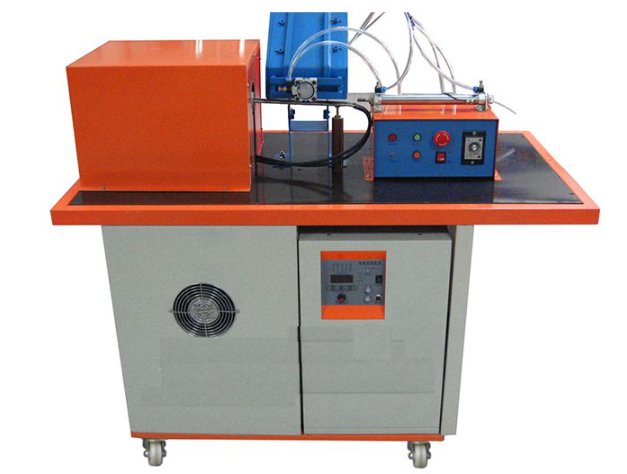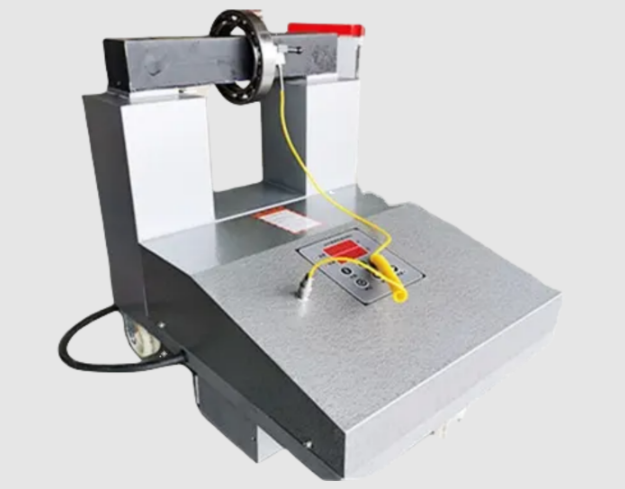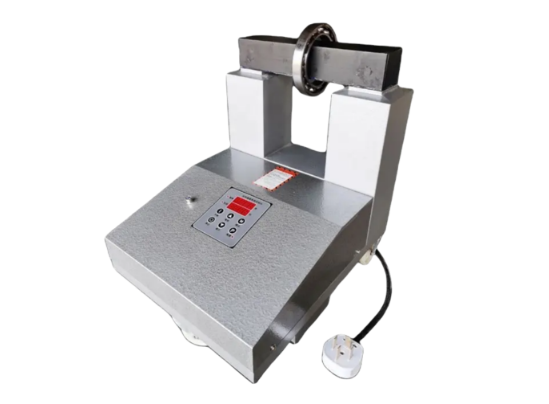Melting stainless steel is a precise process that demands the right equipment and careful preparation. With the proper setup, you can efficiently achieve high-quality results using an induction furnace.
Induction Furnaces for Stainless Steel Melting
Induction furnaces use electromagnetic induction to generate the heat needed to melt metals, including stainless steel. The process works by passing an electric current through a copper coil, which produces a magnetic field. When a metal object is placed within this field, eddy currents are induced in the metal, causing it to heat up and eventually melt.
Induction furnaces are well-suited for stainless steel because they can quickly reach the high temperatures required, significantly reducing melting time. Additionally, they are highly energy-efficient, offering both cost savings and a more environmentally friendly operation compared to many traditional melting methods.

Preparing Stainless Steel for Melting
Proper preparation is essential before melting stainless steel, as it ensures even melting, faster processing, and a defect-free final product. Follow these steps to prepare stainless steel for melting:
1. Remove surface coatings or rust – Use a wire brush or sandpaper to clean the surface. This prevents impurities from contaminating the molten steel and affecting its quality.
2. Cut into smaller pieces – If the stainless steel is too large for the furnace, cut it into smaller sections. Smaller pieces heat up and melt more quickly and evenly.
3. Ensure the material is completely dry – Moisture can cause dangerous steam explosions when heated, posing risks to both the operator and the furnace. Always confirm that the stainless steel is free of water or condensation before melting.
Choosing the Right Induction Furnace
Selecting the right induction furnace is essential for melting stainless steel efficiently and achieving consistent results. Key factors to consider include:
1. Furnace Size – Match the furnace size to the dimensions of the stainless steel you plan to melt. A unit that is too small may not fit the material, while one that is too large could waste energy.
2. Furnace Capacity – Capacity determines how much steel can be melted in a single cycle. Choose a furnace that aligns with your production volume requirements.
3. Power Output – Higher power output enables faster melting times. Select a furnace with enough power to meet your speed and throughput goals.
4. Energy Efficiency – Opt for an energy-efficient model to reduce operating costs and minimize environmental impact.
Preparing the Induction Furnace
Before melting stainless steel, it is important to prepare the induction furnace correctly:
Clean the furnace thoroughly to ensure it is free of debris. This prevents impurities from contaminating the molten steel.
Confirm that the power supply is properly connected and switched on.
Set the furnace to the correct temperature for melting stainless steel.
Melting the Stainless Steel
Once the furnace is ready, you can begin melting the stainless steel:
Place the stainless steel into the furnace using tongs or a crane.
Switch on the power. Electromagnetic induction will heat the steel until it reaches its melting point.
As the steel melts, stir it if necessary to ensure even melting.
Use a temperature gauge to monitor the molten steel’s temperature.
Pouring the Molten Steel
Once the stainless steel has fully melted, it is ready to be poured into a mold. Follow these steps to ensure a safe and high-quality pour:
· Make sure the mold is thoroughly clean and completely dry before pouring.
· Hold the ladle containing the molten steel steadily and carefully to avoid spillage.
· Pour the molten steel slowly into the mold to minimize turbulence and prevent air entrapment.
· Continue pouring until the mold is completely filled.
· Gently tap the mold with a hammer or mallet to help release any trapped air.
· Allow the steel to cool and solidify fully before removing it from the mold.
· Once cooled, the stainless steel can either be further processed or used directly, depending on its intended application.
Safety Precautions When Melting Stainless Steel
Melting stainless steel involves high temperatures and potential hazards, so it is essential to follow strict safety measures to prevent accidents and injuries:
1. Wear appropriate personal protective equipment (PPE), including heat-resistant gloves, safety goggles, and protective aprons, to shield yourself from heat and flying debris.
2. Ensure the melting area is well-ventilated to avoid the accumulation of harmful fumes and gases.
3. Keep a fire extinguisher within easy reach for emergency situations.
4. Never leave the furnace unattended while it is operating.
5. Avoid wearing loose clothing or jewelry that could become caught in machinery or near the furnace.
6. Handle the ladle or crucible carefully, paying attention to both its weight and stability when moving molten steel.
7. Keep a first-aid kit readily available in case of burns or other injuries.
Conclusion
Melting stainless steel with an induction furnace is an efficient and reliable method for producing high-quality results. With the correct equipment and adherence to safety protocols, the process can be completed quickly and with minimal waste. Whether for industrial applications or artisan projects, melting stainless steel requires careful attention to detail and a strong commitment to safety. By following the procedures outlined above and strictly observing the manufacturer’s operating instructions, you can achieve a successful melt while ensuring both safety and product quality.






